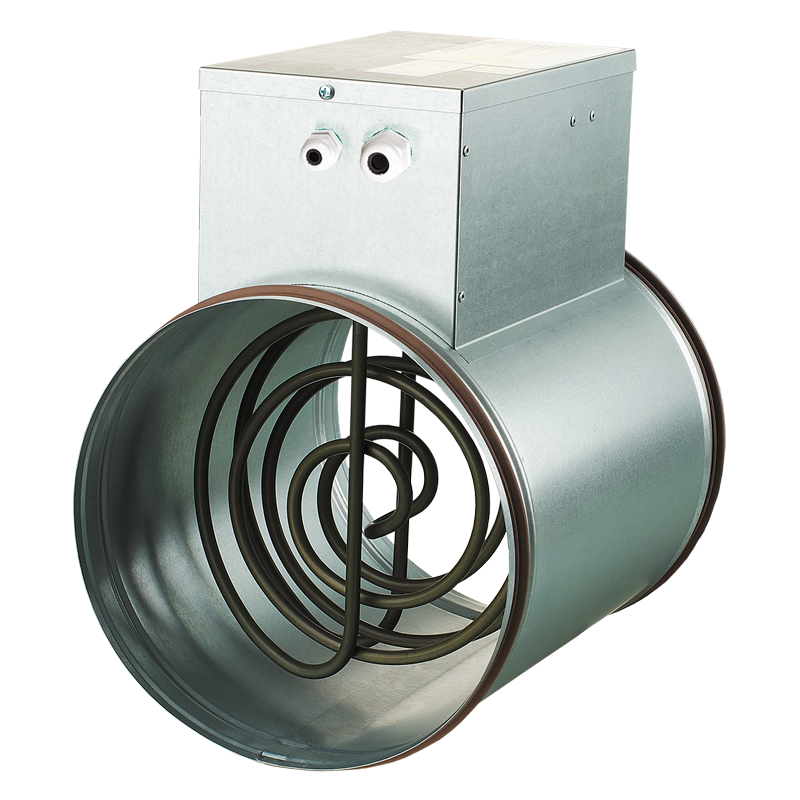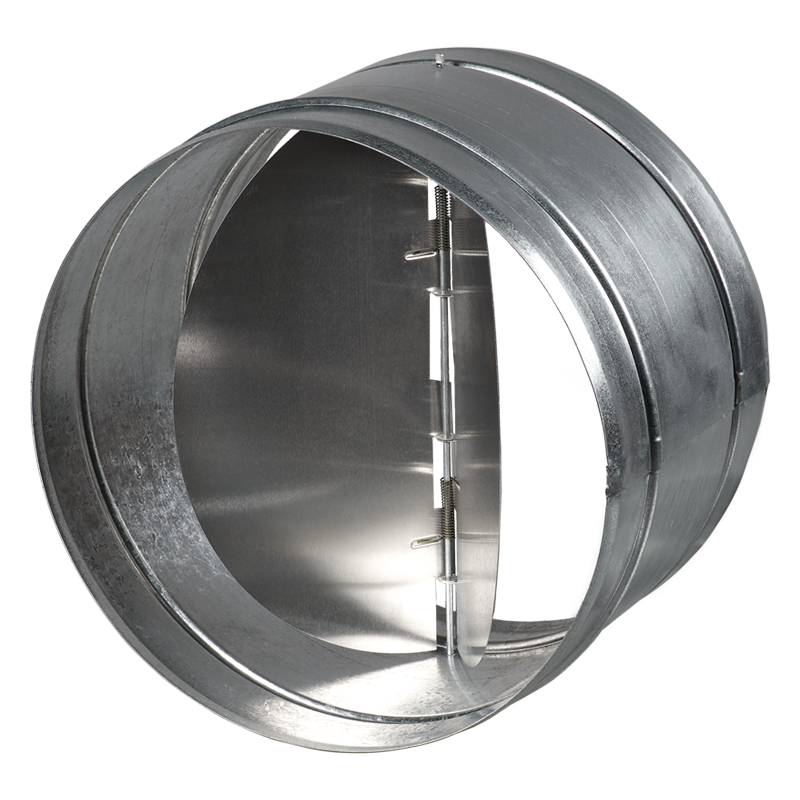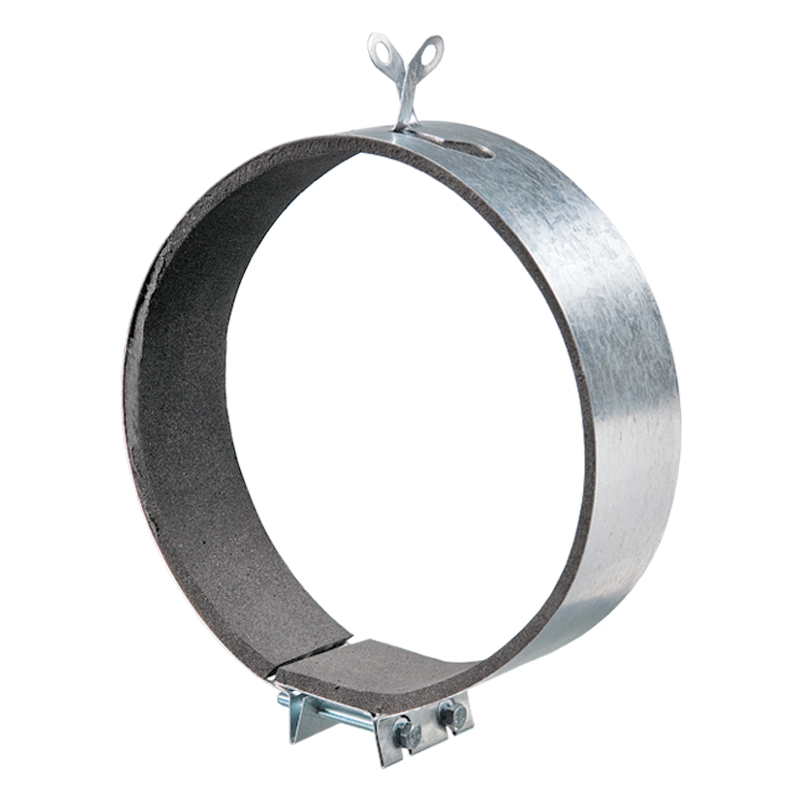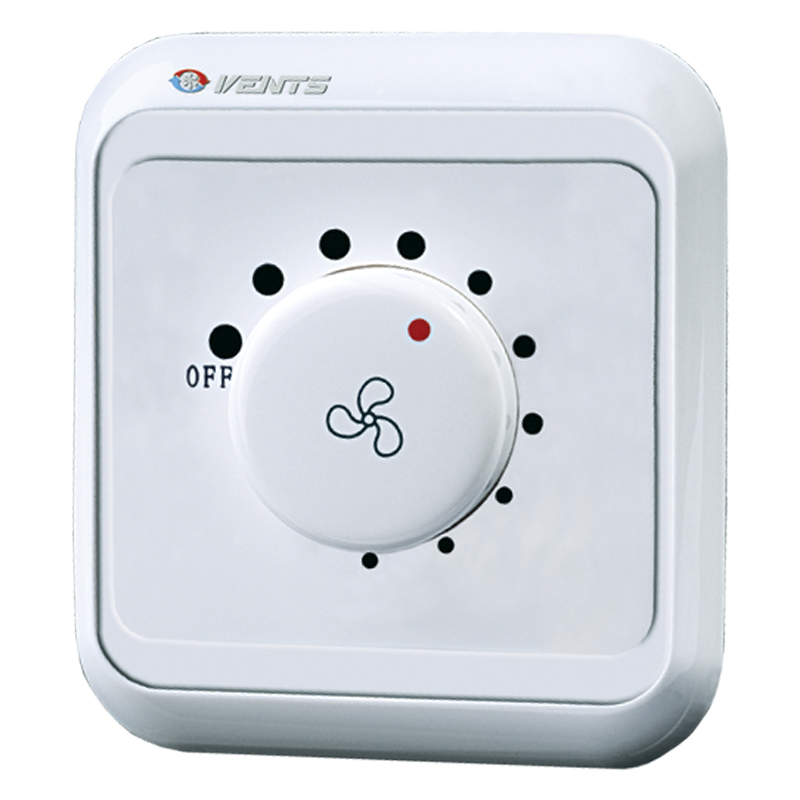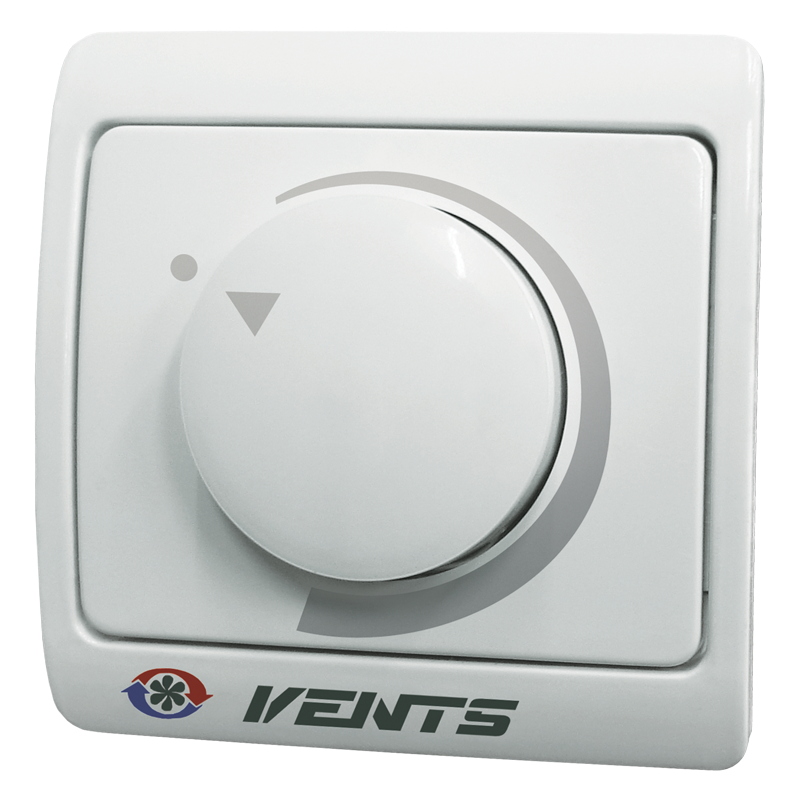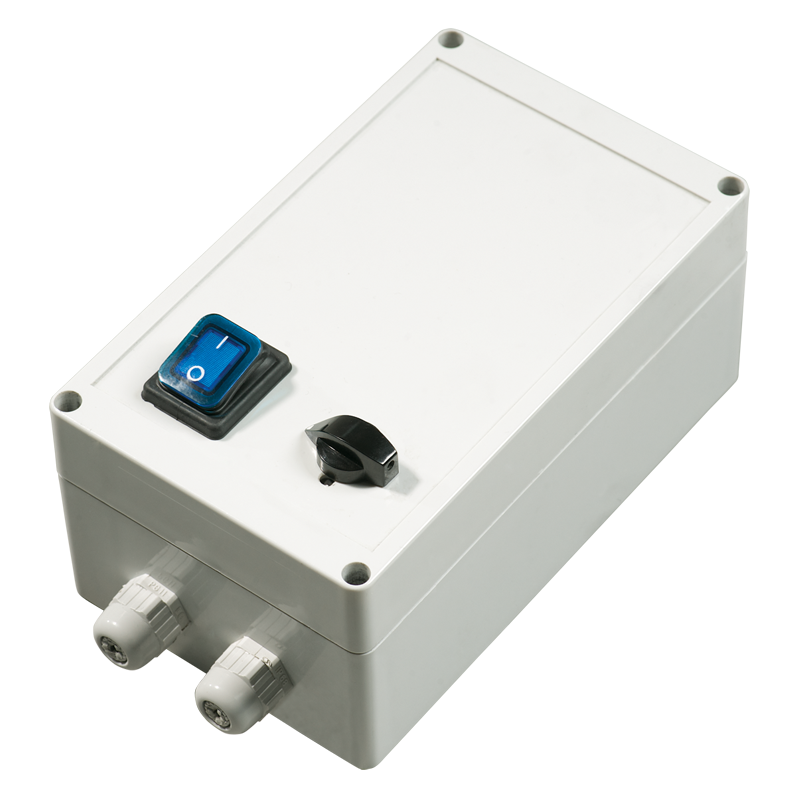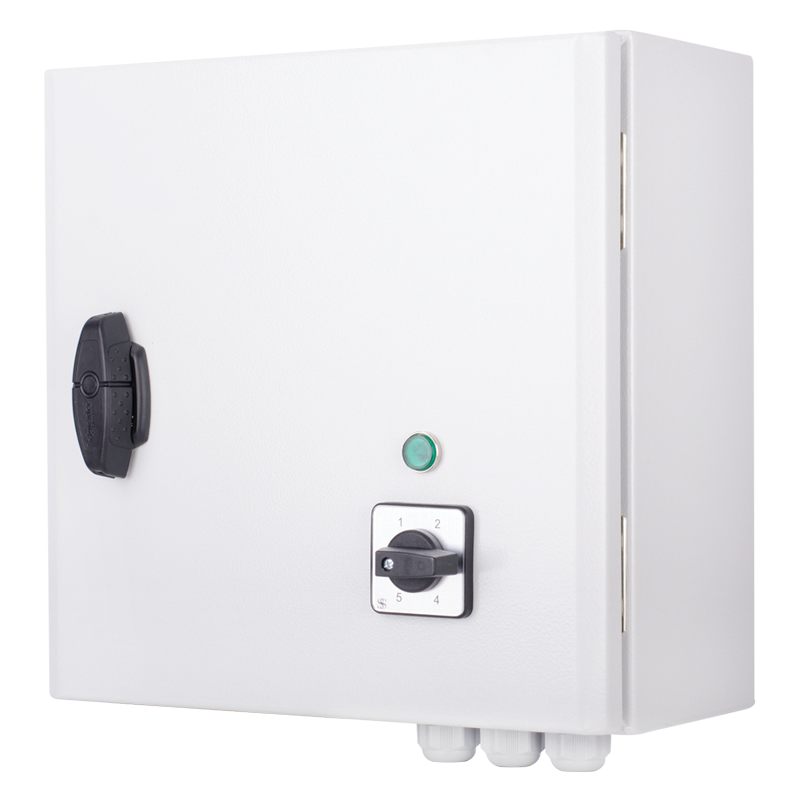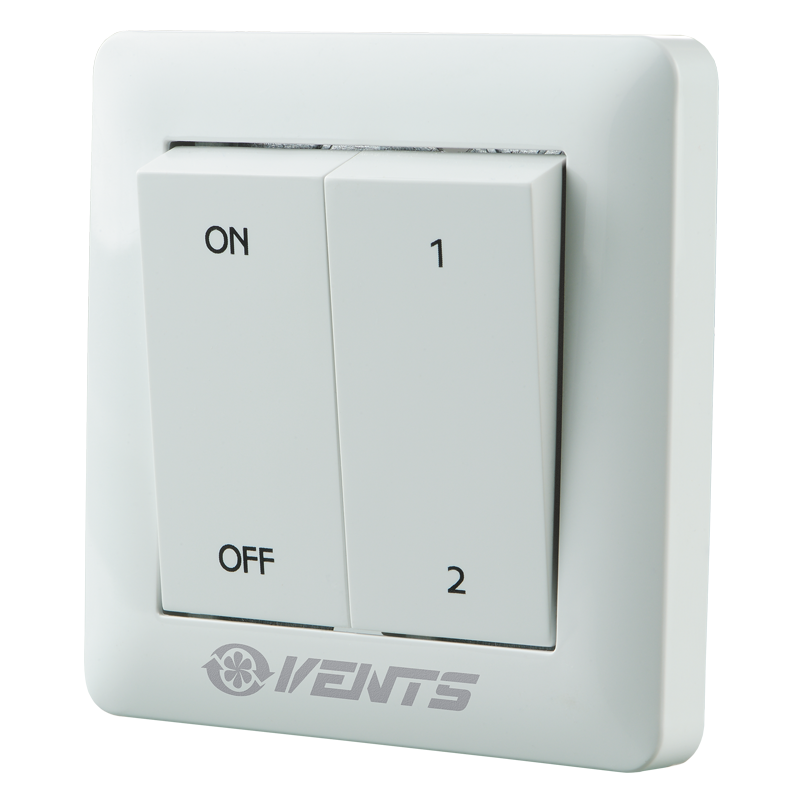| APPLICATIONS |
- VK fans are applied for supply and exhaust ventilation systems of commercial, office and other premises.
- Compatible with Ø 100, 125, 150, 200, 250 and 315 mm round air ducts.
- Models marked VK...Q are supplied with quiet motors for low-noise applications.
|
- Due to the corrosion-resistant durable plastic casing, these models are the perfect solution for the installation in exhaust ventilation systems in humid premises such as bathrooms, kitchens etc.
|
| DESIGN |
- The casing is made of high-quality durable plastic.
- The fans are equipped with waterproof terminal boxes.
|
- Models marked VK..R are supplied with the power cord and a plug.
|
| MOTOR |
- A centrifugal impeller with backward curved blades is powered by a single-phase external rotor motor.
- The motor is equipped with self-resetting overheating protection.
- Some standard sizes are available with a high-powered motor, see VKS modifications.
- The motor is equipped with ball bearings for a long service life designed for at least 40 000 operating hours.
|
- For precise features, safe operation and low noise, each impeller is dynamically balanced while assembly.
- Motor protection rating is IP 44.
- The double-speed models (Duo) are equipped with asynchronous electric external rotor motors and centrifugal impellers with forward curved blades. The impellers are dynamically balanced. Double-speed control.
|
| SPEED CONTROL |
- Smooth or step speed control with a thyristor or autotransformer speed controller.
- Several fans may be connected to one speed controller provided that the total power and operating current do not exceed the rated speed controller parameters.
|
- Two-speed models are controlled with the external speed switch P2-10 (available separately).
|
| MOUNTING |

VK fan kitchen exhaust ventilation example
|
- The fan is mounted to the wall or ceiling with mounting brackets included into delivery set or with PVK holders, specially ordered accessory.
- The fan can be mounted at any angle.
- Electric connection and installation shall be performed in compliance with the manual and the wiring diagram on the terminal box.
|
| THE FAN WITH ELECTRONIC TEMPERATURE AND CONTROL MODULE (U OPTION). |
- The ideal solution for ventilation of the premises requiring permanent temperature control, i.e. greenhouses.
- The fan with the electronic temperature and speed control module provides automatic control of the motor speed (air capacity) depending on air temperature in the air duct or in the room.
- The front panel of the electronic module has the following control knobs:
- speed control knob for setting the motor speed;
- thermostat control knob for setting the temperature set point;
- thermostat indicator light.
|
- The fan is available in two modifications:
- with the temperature sensor integrated inside the fan air duct (U/U1 option);
- with the external temperature sensor fixed on the cable, 4 m long (Un/U1n).
|
| CONTROL LOGIC OF THE FAN WITH THE ELECTRONIC TEMPERATURE AND SPEED CONTROL MODULE |
- Set the desired air temperature (thermostat set point) by turning the thermostat control knob.
- Set the required minimum impeller speed (air flow) by turning the speed control knob.
- The motor switches to maximum speed (maximum air flow) as the temperature reaches and exceeds the set temperature set point.
|
- The motor switches to the pre-set lower speed as the temperature drops down below the temperature set point.
- To avoid frequent motor speed switches when the air temperature in the duct is equal to the set temperature point, the speed switch delay is activated.
|
| There are two switch delay patterns for various cases: |
- The temperature sensor-based switch delay (U option): the motor switches to higher speed as the air temperature exceeds 2 °C above the set thermostat set point. The motor revers to the preset lower speed as the air temperature drops below the thermostat set point. This pattern is used to keep air temperature to within 2 °C. In this case the motor speed switches are rare.
|
- The timer-based switch delay (U1 option): as the air temperature exceeds the set thermostat set point, the motor switches to higher speed and the switch delay timer is activated for 5 min. The motor reverts to lower speed as the air temperature drops down below the thermostat set point and only after 5 minutes timer countdown. This pattern is used for exact air temperature control. The speed switches for the fan with U1 option are more frequent as compared to the operating logic of the fan with U option, however the minimum operating cycle at one speed is 5 minutes.
|
| Example for temperature sensor delay pattern: |
Example for timer delay pattern: |
- Initial conditions:
- rated speed is set as 60% of the maximum speed
- operating threshold is set as 25 °С
- air temperature in the duct is 20 °С
|
- Initial conditions:
- rated speed is set as 60% of maximum speed
- operating threshold is set as 25 °С
- air temperature in the duct is 20 °С
|
- Motor operates with the rated speed =60%
|
- Motor operates with the rated speed =60%
|
| ↓ |
↓ |
- air temperature in the duct rises
Motor operates with the rated speed =60%
|
- the temperature in the duct rises, reaches 25 °C and keeps rising
|
| ↓ |
↓ |
- air temperature in the duct reaches 27 °С
Motor switches to the speed =100%
|
- fan switches to the maximum speed =100% and the delay timer switches for 5 minutes again on
|
| ↓ |
↓ |
- air temperature in the duct goes down
Motor operates with the speed =100%
|
- the temperature in the duct goes down
the motor operates with the maximum speed =100%
|
| ↓ |
↓ |
- temperature in the duct reaches 25 °C again
Motor switches to the preset rated speed =60%
|
- the temperature in the duct reaches 25 °C and keeps rising
|
| |
↓ |
| |
- after the timer stops, the motor switches to the preset rated speed (=60%). After the speed switch the timer switches again for 5 minutes on.
|
| |
↓ |
| |
- the temperature in the duct rises, reaches 25 °C and keeps rising
|
| |
↓ |
| |
- after the timer stops, the motor switches to the maximum speed (=100%). After the speed switch the timer switches again for 5 minutes on.
|
| |
- Thus, in timer delay pattern the delay timer activates every time the fan speed changes.
|
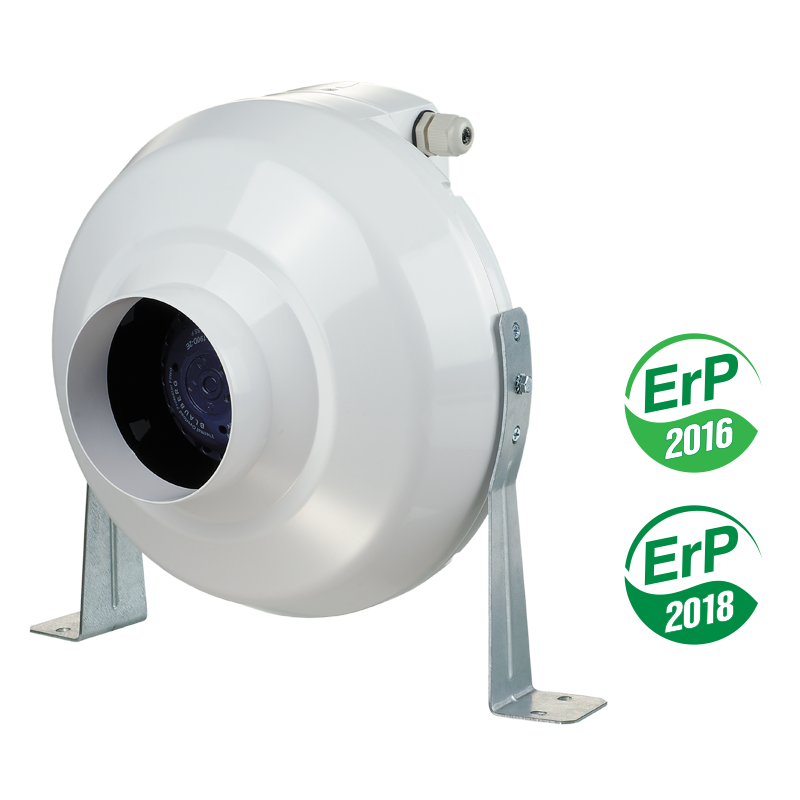
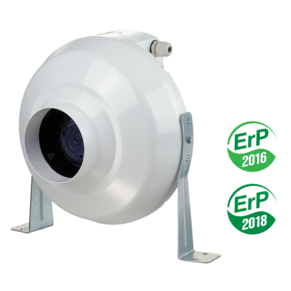




 Domestic fans
Domestic fans  Industrial and commercial fans
Industrial and commercial fans  Single-room ventilation systems with heat recovery
Single-room ventilation systems with heat recovery  Air handling units
Air handling units  Air heating systems
Air heating systems  Smoke extraction and ventilation
Smoke extraction and ventilation  Accessories for ventilating systems
Accessories for ventilating systems  Electrical accessories
Electrical accessories  Ventilation ducts and fittings
Ventilation ducts and fittings  Air distribution components
Air distribution components  Ventilation kits and vents
Ventilation kits and vents 

















